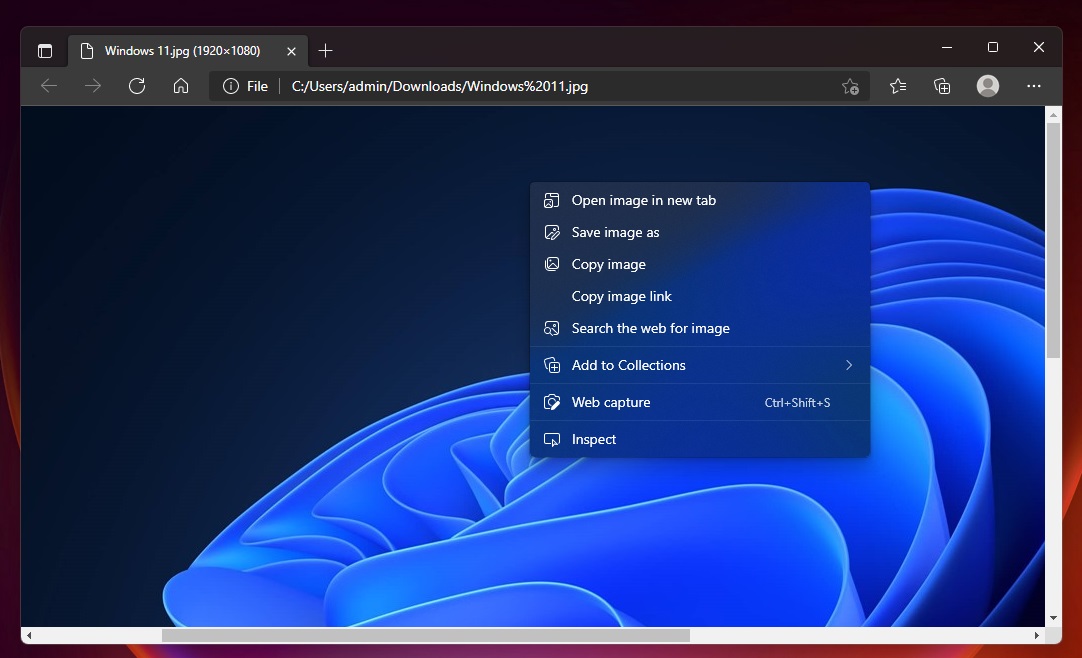Windows 11 will be faster than Windows 10, Microsoft explains why

Windows 11 will be faster than Windows 10
Steve Dispensa, Microsoft's VP for the Windows Management team, recently explained some of the hidden changes that make Windows 11 more responsive, responsive, and performant than Windows 10. The video, posted on Microsoft Mechanics' YouTube channel, aims to show how closely related hardware and software are and the steps Microsoft has taken to ensure Windows 11 improves the user experience.Photo Credit: Microsoft Windows 11 has an improved resource management system: there are now higher priority levels attributed to the foreground functions (essentially, the program window you are currently active on), reducing the amount of processing power consumed by the processes in background. This priority to the work that interests the user at that moment also extends to the browser: Windows has now improved its ability to pause inactive tabs, thus reducing the amount of resources required from the underlying system - and increasing performance on the active tab. The improvements in this area are by no means to be underestimated: Steve Dispensa says the system will use up to 32% less memory and reduce CPU usage by 37% thanks to this new card suspend feature.
Microsoft has also optimized code that invokes hardware functions, reducing the delay between user input and actual execution of instructions, thereby decreasing downtime and improving perceived user responsiveness. This also has a ripple effect on memory usage and overall performance: optimized instructions reduce memory footprint and improve resource management from inactive to active.
Microsoft has also implemented new compression techniques that have decreased the overall disk usage of the operating system and has extended this technique to the Windows 11 update functions. Thanks to the new update engine, Microsoft promises that updates won't require as many resources as they currently do. You will also have performance management features and smarter, faster update delivery that will reduce overall file size by 40%.
Finally, Steve Dispensa talked a little bit about how this set of improvements has led to a "sleep" philosophy closer to phones and what Apple has done with macOS. Waking up is now 25% faster, which, according to him, leads to near-instant recovery from sleep for most users, with an additional power-saving benefit for mobile devices that comes from being able to enter standby states more quickly without compromising the work done.
Windows 11 could make your PC faster thanks to these clever new tricks
Windows 11 has brought some great new features and design improvements to the operating system, but perhaps the best change is one that didn’t get much fanfare – under the hood memory optimization.
Windows 11 comes with several important changes to the way the operating system prioritizes apps and processes. Microsoft has done a lot of work in memory management to favour the app windows you have running in the foreground so they have enough CPU and system resources allotted when you launch them.
For example, when you’ve several tabs open in Microsoft Edge and you launch multiple instances of Word, PowerPoint or Excel, these apps will launch without any lag. That’s because these app processes are already running in the foreground and they’ve access to more compute resources than inactive apps.
As a result, Windows 11’s overall experience should feel responsive and fast, especially when launch multiple apps on a busy system.
“That’s seconds of time saved in this case. And the time savings add up as you use the apps over the course of your day. So it feels responsive and fast. Foreground prioritization is a big part of that. And this same concept actually applies to the Windows shell itself, the browser and your open tabs in Windows 11,” Microsoft’s VP Steve Dispensa from the Windows Management team explained.
For a better experience, Microsoft has also enabled sleeping tabs in Edge by default. This could result in an average saving of 32% for memory and 37% for CPU usage on Windows 11 and older. These optimizations will also equate to longer battery life, according to a Microsoft spokesperson.
Microsoft has also confirmed that Windows 11 will make devices resume from sleep faster than before. To offer a mobile-like always-on experience, Microsoft has optimized Windows 11 calls to hardware components.
Microsoft has also enabled a new feature that would ensure enough power is available for threads that really need it to wake up your device from sleep instantly. On devices with 8th-gen processors and newer, you can expect an “almost instantaneous” experience, similar to Windows on ARM always-on capability.
Windows 11 is all about design improvements and it comes with a new “design material” called Mica, which applies to apps like File Explorer, Settings, and nearly all inbox apps.
For those unaware, Windows 11’s Mica effect updates the background colour of the application with the desktop colour and theme to distinguish between several open instances of apps.

Thankfully, Microsoft has optimized Mica and rounded corners for performance. In a Q&A, Microsoft promised that “performance is a top priority” for the new design language and these new materials don’t harm the usability of the OS.
In fact, Mica is expected to be faster than Fluent Design materials like Acrylic.
It’s worth noting Windows 11 is not going to be significantly faster than Windows 10, but the overall experience is expected to be slightly better. On devices with hybrid processors like Intel’s Lakefield processor, performance gains from Windows 11 could be between 2 percent and 11 percent, according to early benchmarks.